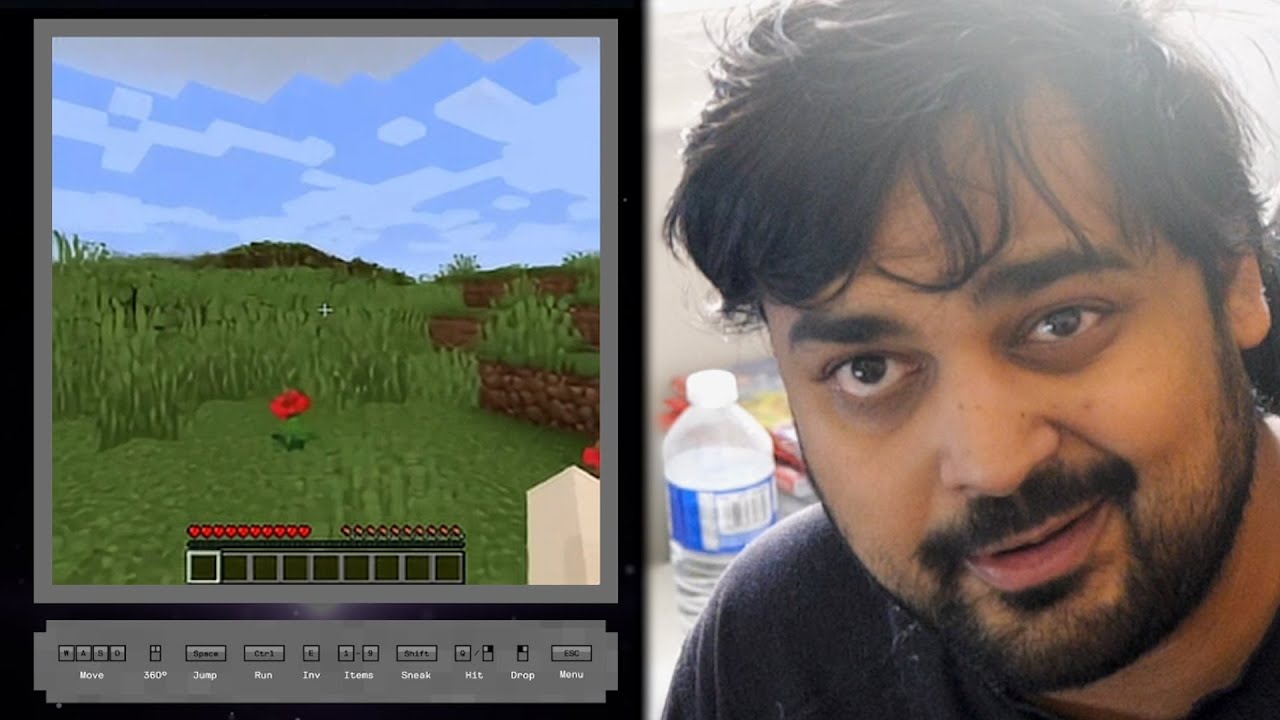In the video, Mudahar explores Oasis, an AI-generated version of Minecraft that creates a constantly changing and unstable environment based on real-time inputs, leading to a dreamlike and glitchy gameplay experience. While he finds the technology fascinating, he questions its practicality and sustainability for serious gaming, ultimately emphasizing the value of traditional game design over AI-generated content.
In the video, the host, Mudahar, explores a new AI-generated version of Minecraft called Oasis, which operates entirely in the cloud without any traditional game code. This follows his previous experiment with an AI model for Counter-Strike. Oasis is described as an interactive, explorable world model that generates gameplay based on real-time keyboard and mouse inputs, rather than pre-existing game code. The technology behind Oasis is part of a larger project that has raised significant funding and aims to create powerful AI models for generating video content.
As Mudahar connects to the Oasis server, he experiences the AI-generated Minecraft environment, which is characterized by its dreamlike quality. The gameplay is unstable, with the world constantly changing and failing to maintain a consistent state. For instance, as he moves around, the environment morphs, and he finds himself in different locations without any logical transition. This unpredictability leads him to compare the experience to dreaming, where the brain attempts to make sense of disparate memories and images.
Throughout his gameplay, Mudahar encounters various glitches, such as disappearing inventory items and sudden changes in the environment. He notes that the AI struggles to track the state of the game, leading to a disjointed experience. Despite the impressive technology behind Oasis, he questions its practicality and the point of creating such an experience when it ultimately feels like a less functional version of Minecraft. The AI’s inability to maintain a coherent world state raises concerns about its viability for serious gaming applications.
Mudahar also discusses the broader implications of AI-generated content, suggesting that while it may be a fascinating novelty, it lacks the depth and functionality of traditional game engines. He expresses skepticism about the future of AI-generated games, particularly in the context of AAA gaming companies adopting this technology. The limitations of the current model, such as its reliance on vast amounts of training data and the high computational costs involved, lead him to conclude that it may not be a sustainable direction for game development.
In the end, Mudahar emphasizes that while AI-generated Minecraft offers a unique and intriguing experience, it ultimately serves as a reminder of the value of traditional gaming. He encourages viewers to appreciate the artistry and design of established games rather than relying on AI to recreate them. The video concludes with a reflection on the potential of AI in gaming, tempered by the recognition of its current limitations and the importance of maintaining a balance between innovation and practicality.
